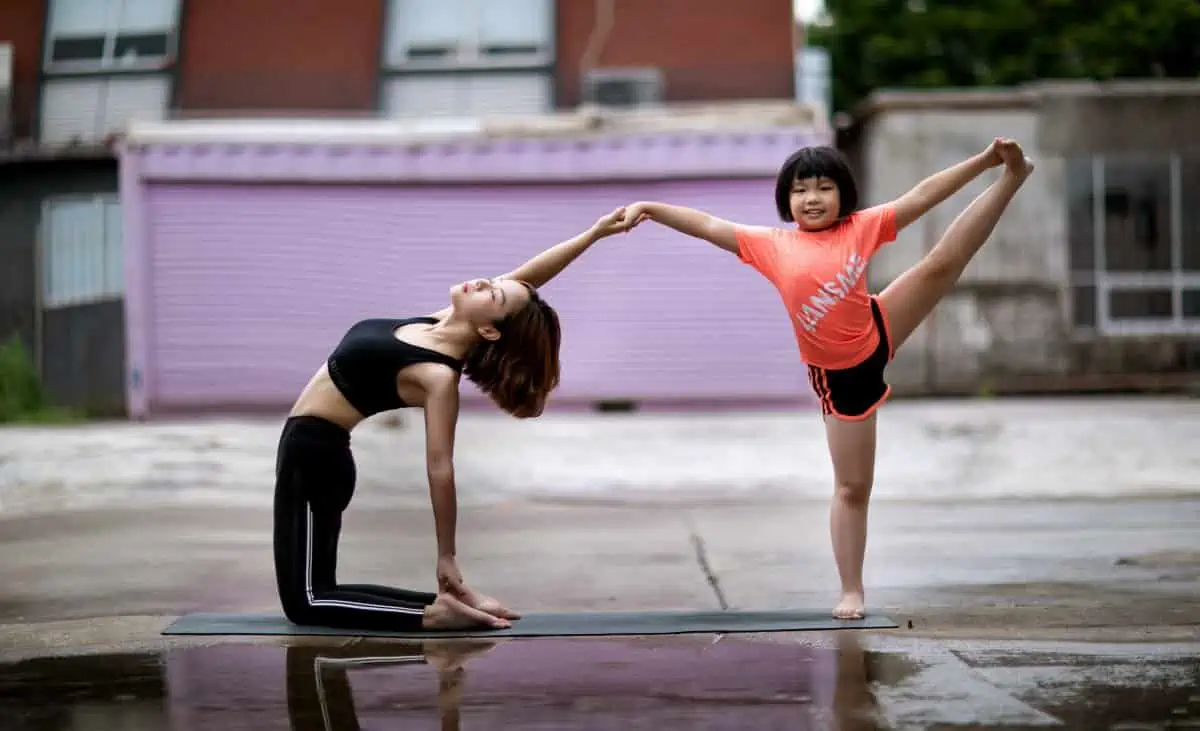Key Takeaway
Yoga offers teens a holistic way to manage stress, boost confidence, and improve physical fitness, making it an essential practice for navigating the challenges of adolescence.
As a teenager, life can be challenging. The constant pressure to fit in, succeed, be confident, and develop healthy habits can be overwhelming. Yoga can help teenagers navigate this tricky time in their lives by giving them a way to find balance and reduce stress while building strength and flexibility in both the body and the mind.
Teenagers can benefit greatly from this practice when integrating yoga classes and different poses into their lifestyles.
Read on to learn about the benefits of yoga for teens and some basic go-to poses that can easily be incorporated into a daily routine to improve a teenager’s overall quality of life.
Contents
- 1 5 Benefits of Yoga for Teens
- 2 10 Basic Yoga Poses for Teens
- 2.1 Downward-Dog Pose (Adho Mukha Shvanasana)
- 2.2 Bow Pose (Dhanurasana)
- 2.3 Chair Pose (Utkatasana)
- 2.4 Warrior Pose (Virabhadrasana)
- 2.5 Tree Pose (Vrikshasana)
- 2.6 Child’s Pose (Balasana)
- 2.7 Standing Forward Fold (Uttanasana)
- 2.8 Plank Pose (Phalakasana)
- 2.9 Eagle Pose (Garudasana)
- 2.10 Lotus Pose (Padmasana)
- 3 FAQ
- 3.1 Is yoga safe for teens?
- 3.2 Can a teenager attend an adult yoga class?
- 3.3 Can teens with physical and/or learning needs do yoga?
- 3.4 Do teens need to be flexible to do yoga?
- 3.5 How long should yoga poses be held?
- 3.6 How often should a teenager do yoga?
- 3.7 Are controlled breathing techniques important for teens doing yoga?
- 3.8 Was this helpful?
5 Benefits of Yoga for Teens
There are many benefits to doing yoga during the teenage years. When practicing yoga, a teen can revitalize their well-being, boost self-confidence, and more. Here are the top 5 benefits of teen yoga:
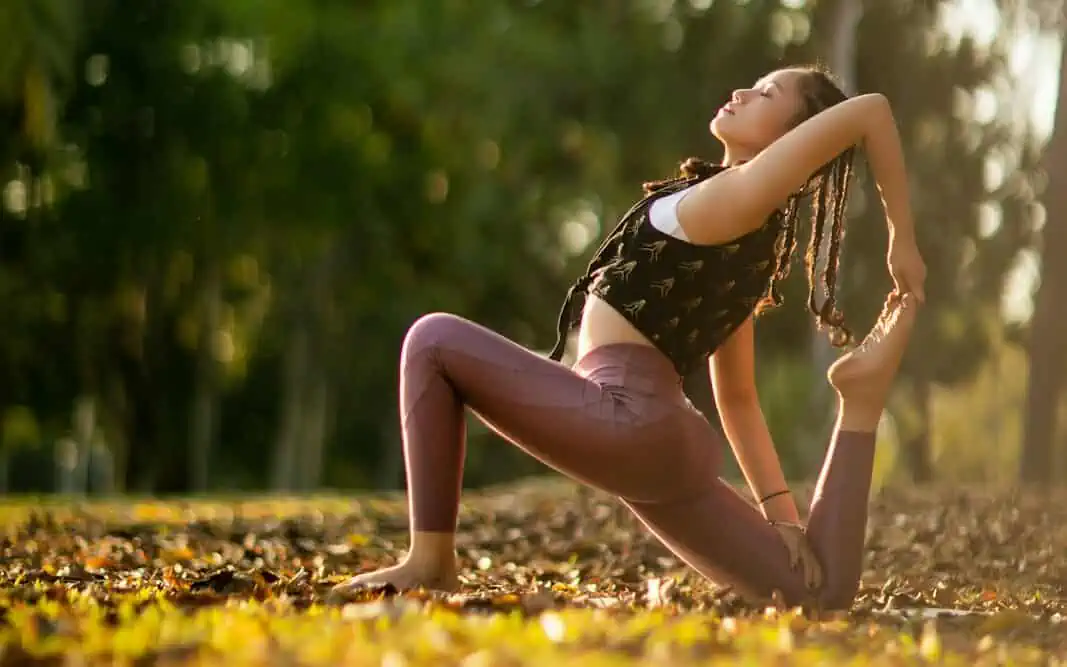
Reduces Stress and Anxiety
Teenagers are often under a lot of stress, often due to societal, educational, and familial pressures. Teen yoga has been proven to reduce stress and anxiety in both teenagers and adults. Finding ways to manage negative emotions and mental health issues is crucial for teenagers learning to navigate the world.
By adding yoga to their daily routine or attending weekly yoga classes, teens can improve their mental health while achieving relaxation and calming their minds. Many yoga poses can regulate the nervous system, combat depression, and support emotional well-being.
Boosts Confidence and Body Awareness
It’s very common for teens to experience low self-esteem and confidence issues. Engaging in a yoga practice can help teens boost their confidence and self-image by providing them with a way to become in touch with their bodies. Additionally, yoga can improve physical fitness and support weight management, which can lead to overall heightened confidence levels.
Developing a healthy sense of body image can significantly improve a teen’s mental and physical health. For teens struggling with body image issues and low confidence, yoga classes are a great way to build self-esteem and a positive self-image.
Enhances Strength and Flexibility
Physical fitness is important for rapidly growing teenagers. Enhancing flexibility and strength can help a growing teen’s body adjust to the changes it is experiencing. Yoga is an excellent low-impact exercise for teens who want to maintain physical fitness.
Many yoga poses have been proven to build strength, enhance flexibility, and improve posture—all beneficial elements for teenagers who are experiencing phases of increased physical growth and development. Teenage bodies are changing at a fast pace, and staying on top of fitness can help teens adjust to the physical changes they might be experiencing.
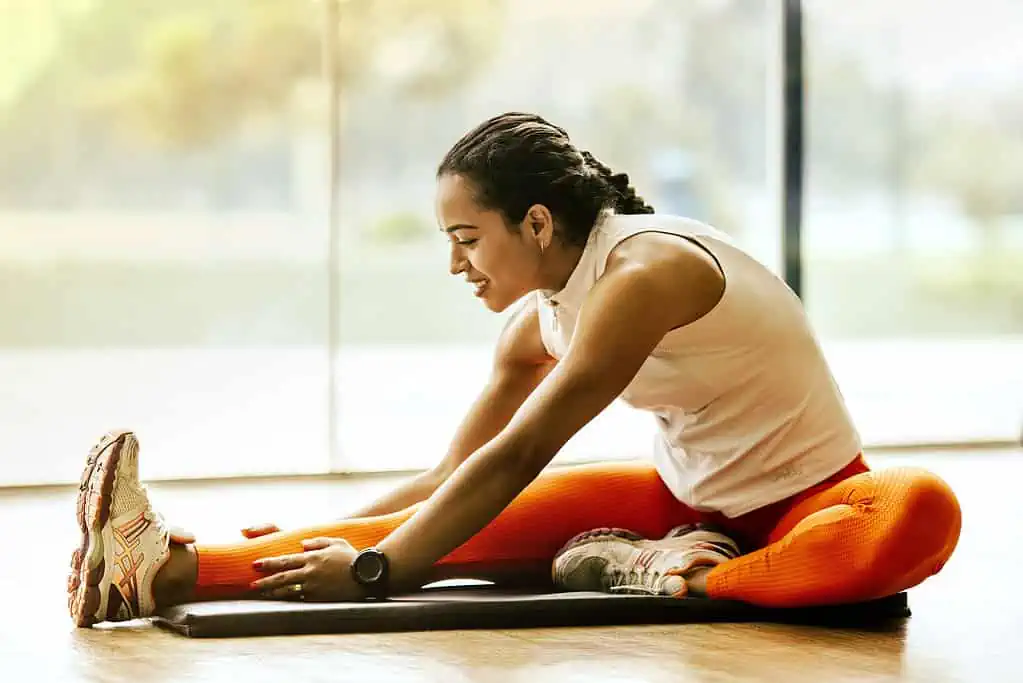
Improves Sleep and Energy Levels
Due to stress and anxiety, many teens struggle with sleep issues and fatigue. Poor sleep quality can cause teens to face issues in school, relationships, and mental health. Lack of sleep can also cause fatigue and low energy, which can be detrimental to many aspects of a teenager’s life. Yoga practiced by teens can encourage relaxation by calming the mind and the nervous system.
By promoting relaxation, yoga can improve sleep and overall energy levels for teenagers. Teens with insomnia can improve their sleep habits by incorporating yoga into their daily routines. Better sleep can give teenagers an improved quality of life and enhance their ability to thrive in school, physical activity, and work.
Supports Focus and Concentration
Teens are often bombarded with distractions in today’s digital age, making it difficult for them to concentrate on their education. Yoga practice can support focus and concentration in teens by enhancing mindfulness and awareness. Mindfulness can help with improved grades, relationships, and self-awareness.
When doing yoga, teens are encouraged to focus on breathing techniques and their bodies, which can lead to an improvement in mental clarity. The deep breath techniques associated with yoga are also helpful for encouraging blood circulation to the brain and other organs.
10 Basic Yoga Poses for Teens
Teens don’t need to attend yoga classes to achieve the general benefits of a yoga practice. Many poses can easily be done throughout the day without having to engage in a long yoga sequence. Whether they choose to participate in a whole yoga class or take a 5-minute break from schoolwork to do a yoga pose, teenagers will find that yoga increases confidence, physical fitness, mental clarity, and more.
Here are 10 basic yoga poses that can benefit teenagers when included in their lifestyle:
Downward-Dog Pose (Adho Mukha Shvanasana)
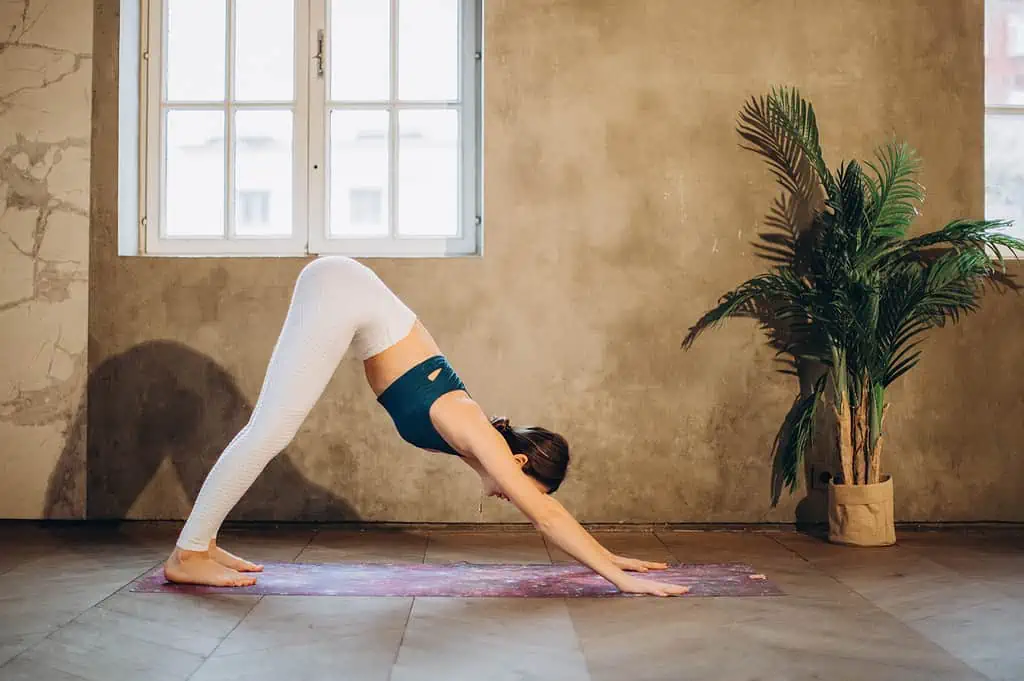
Downward dog pose, also known as Adho Mukha Shvanasana, can increase blood circulation to the brain, decreasing stress and combating depression. This pose is excellent for teens looking to overcome anxiety and improve their overall mood.
Additionally, a downward dog pose can activate the core and leg muscles, helping teens to build and maintain muscles. If teens are ever feeling a drop in energy levels, the downward dog pose is a great go-to to bring blood to the brain and achieve a quick energy boost.
Bow Pose (Dhanurasana)
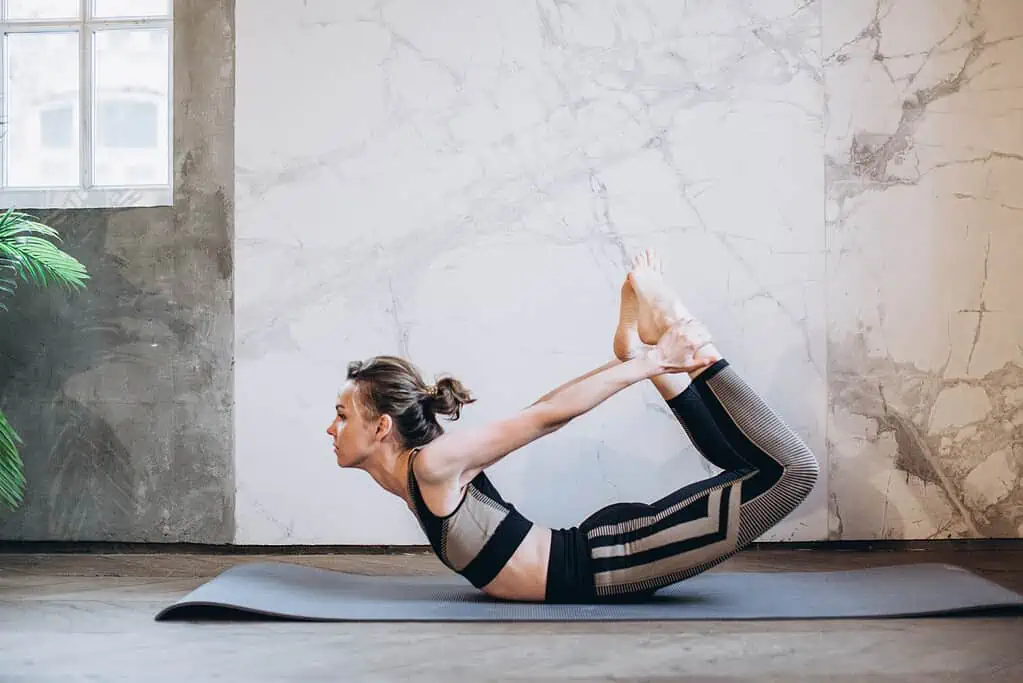
Bow pose, also known as Dhanurasana, is excellent for teens who want to improve posture, enhance flexibility, build strength, and combat stress and fatigue. By opening up the chest, teens can use this yoga pose to activate muscles in the back and abdomen while improving spine elasticity.
Teenagers can enhance their core strength when engaging in this pose. Being a more challenging and active pose, the bow pose also promotes endurance and deep breathing. Beginners should listen to their bodies and take it slow when attempting to reach the full expression of this backbend pose.
Chair Pose (Utkatasana)
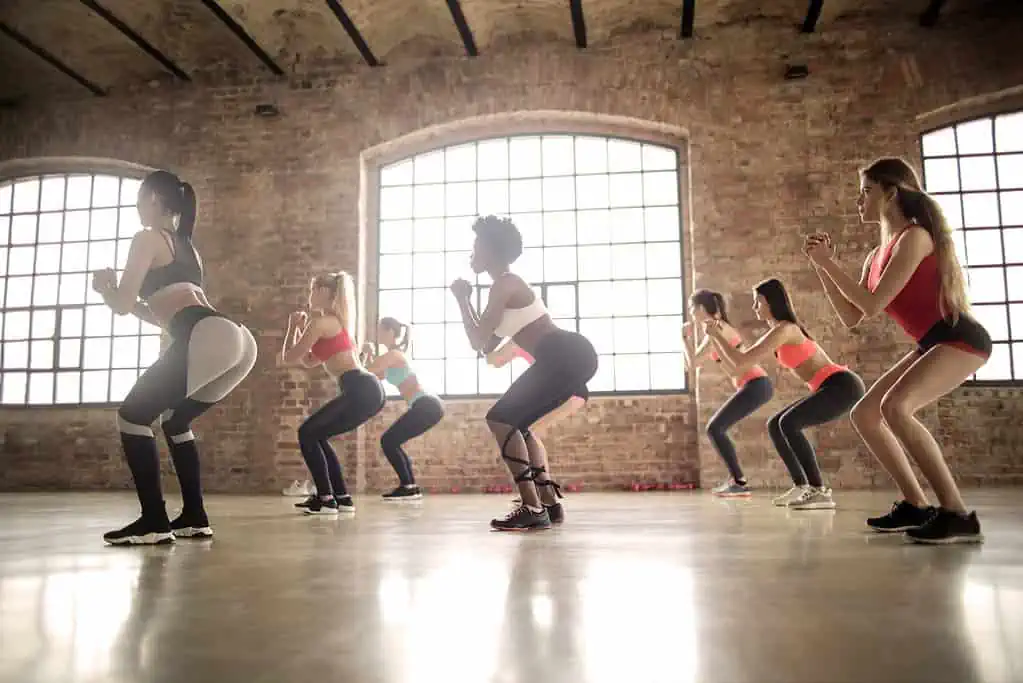
Chair pose, also known as Utkatasana, can offer a somewhat intense lower body workout for teens, helping them to increase strength, mindfulness, and physical fitness. This pose also lengthens the spine, encouraging better posture.
Additionally, teens can tone muscles and combat excess weight gain with chair pose, leading to improved body image and self-esteem.
Warrior Pose (Virabhadrasana)
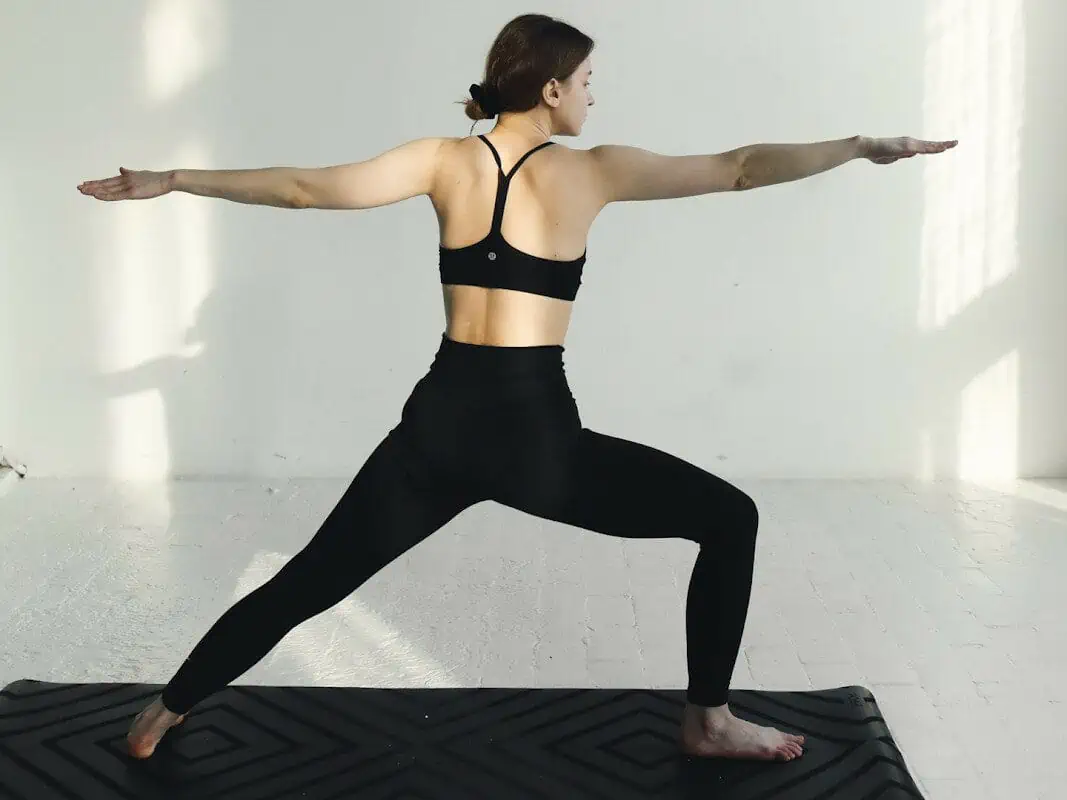
Warrior Pose, also known as Virabhadrasana, is available in three different variants: 1, 2, and 3. All three warrior poses can build strength, promote balance, support good posture, and enhance focus.
Teens who wish to practice mindfulness can benefit from the three warrior poses. This pose improves focus and self-regulation by encouraging teenagers to engage different muscles within their body while using their attention to hold active poses for extended periods.
Tree Pose (Vrikshasana)
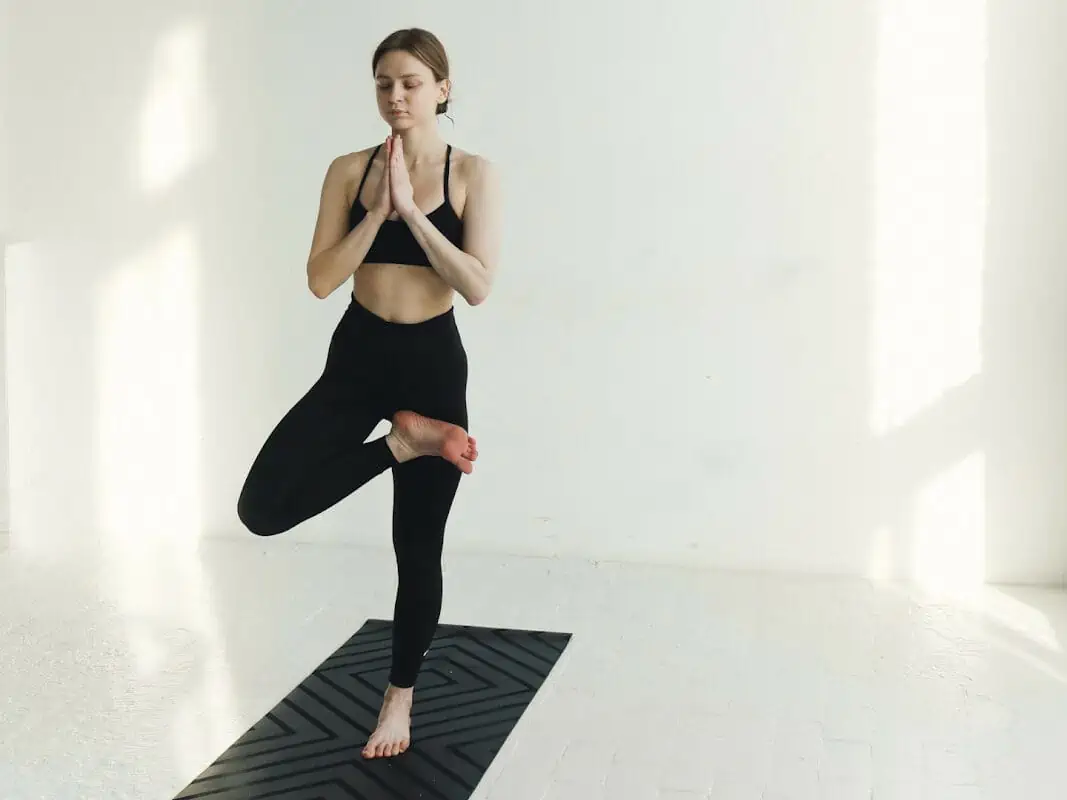
Tree pose, also known as Vrikshasana, is excellent for teens who practice yoga to improve concentration, build strength, and promote balance in the body and mind. Adding tree pose to their daily routine can also help teens develop mindfulness and improve focus.
Teens experiencing trouble with concentration can benefit significantly from tree pose. This pose is also a good option for teenagers who want to improve their mental and physical balance.
Child’s Pose (Balasana)
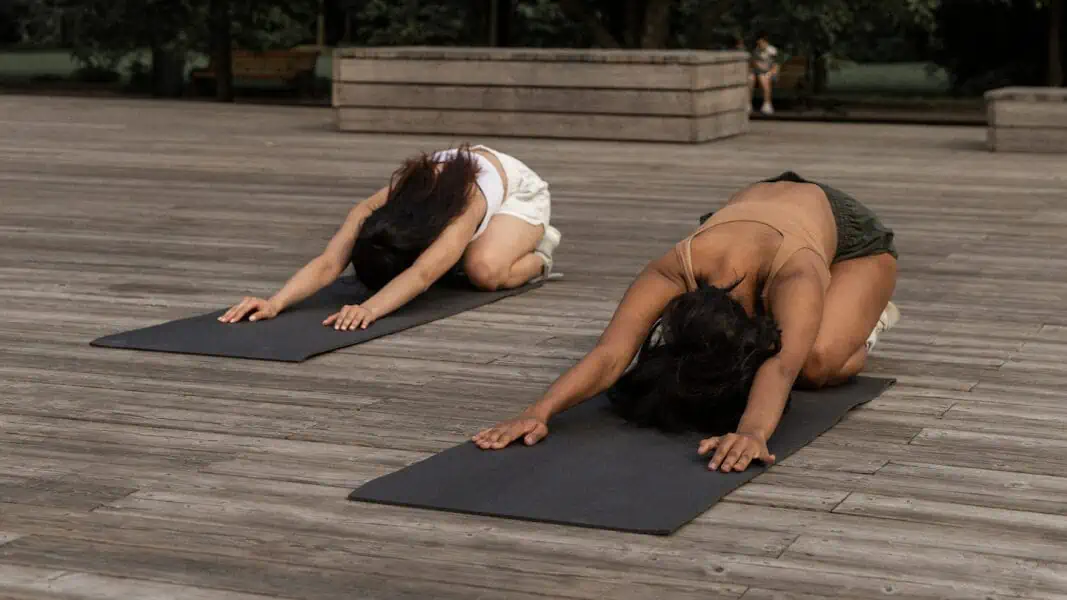
Child’s pose, also known as Balasana, offers several physical benefits for teens. This grounding pose can lengthen the spine, improve posture, and enhance ankle flexibility. For teens experiencing depression, anxiety, or stress, a child’s pose can be used to regulate the nervous system and enhance their overall mood.
Additionally, a child’s pose can promote healthy sleep habits and relaxation. This is a great pose for teens struggling with insomnia, stress, anxiety, or depression. By encouraging mindfulness and meditation, a child’s posture can improve mental clarity and concentration.
Standing Forward Fold (Uttanasana)
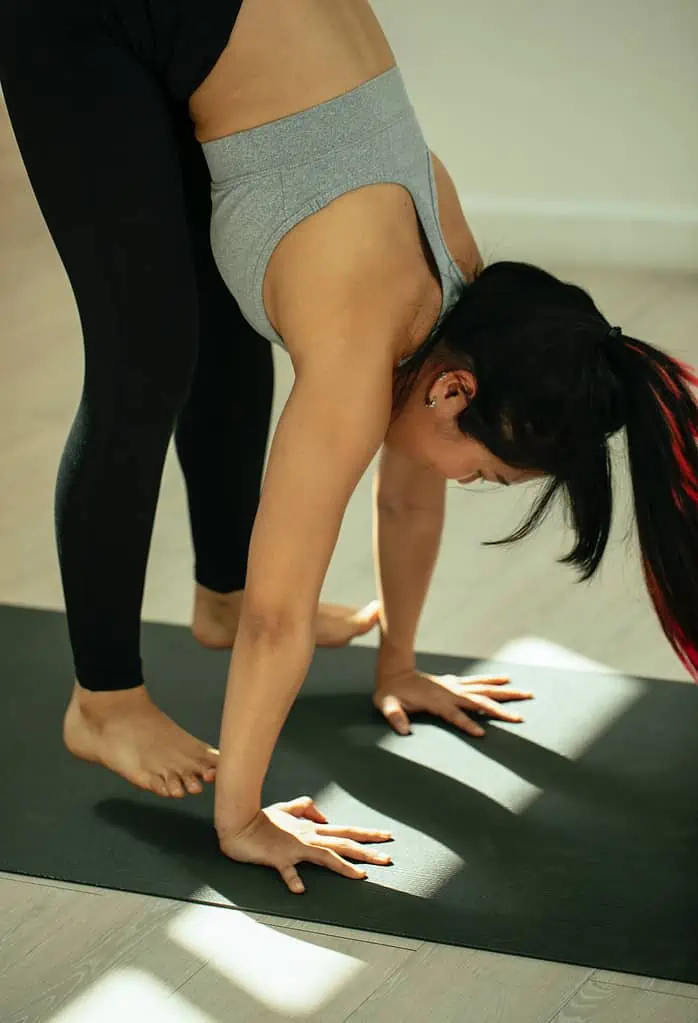
The standing forward fold, also known as Uttanasana, is an excellent pose for teens who wish to increase flexibility, minimize stress, and regulate the nervous system. This pose can provide a deep stretch to the hamstrings, core, and back muscles.
By increasing blood flow to the brain, adding a standing forward fold to their daily routine can help teens combat anxiety and depression, giving them an overall mood boost. Doing a standing forward fold regularly can also improve digestion and alleviate symptoms of menstrual discomfort.
Plank Pose (Phalakasana)
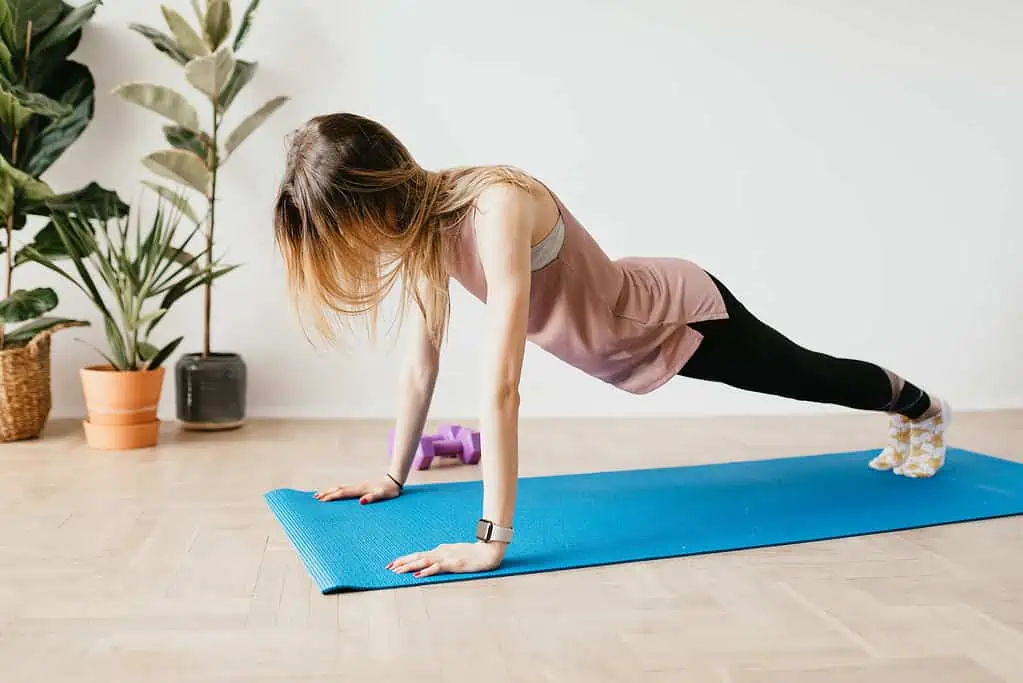
Plank pose, also known as Phalakasana, can activate the core, back, and arm muscles to build strength and endurance. Teens who do plank poses can improve their posture, enhance mindfulness, and boost circulation.
Because this pose improves circulation to the body and brain, teens who do plank pose may experience an improvement in overall mood and mental clarity. This pose is an excellent choice for teenagers focusing on physical fitness and strength building.
Eagle Pose (Garudasana)
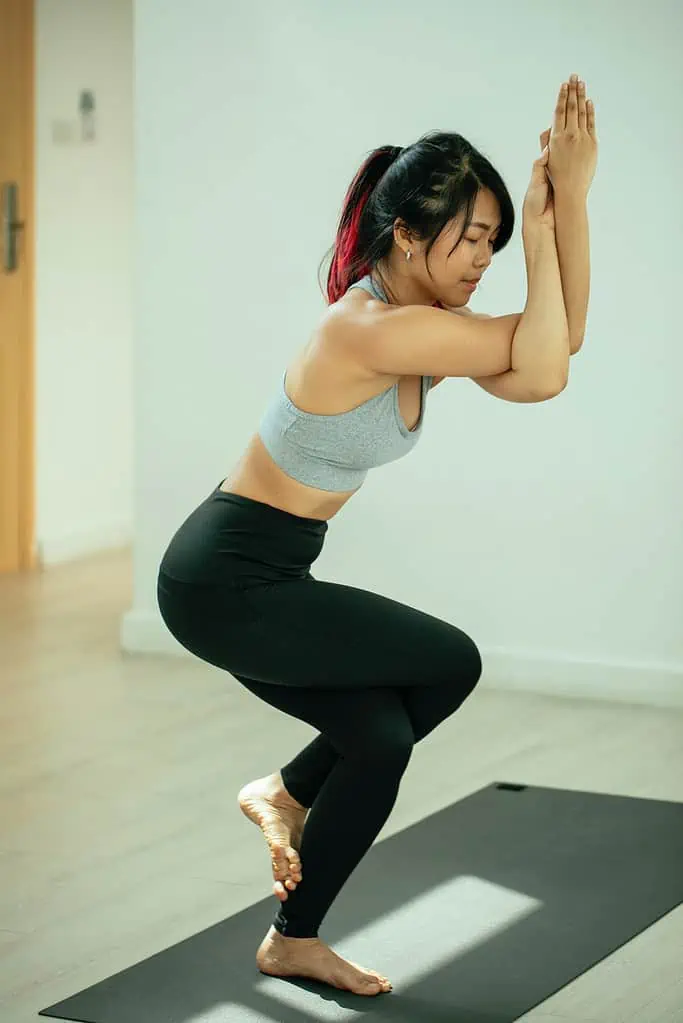
Eagle pose, also known as Garudasana, is a somewhat challenging pose that can help teens engage their core, improve balance, and develop mindfulness in the body and mind. For teens who wish to build strength and improve physical fitness, the eagle pose is an excellent option.
This balancing pose can also encourage confidence and improve self-esteem. When doing the eagle poses, teens are forced to get in touch with their bodies and overcome challenges, a skill that can benefit them in their daily lives.
Lotus Pose (Padmasana)
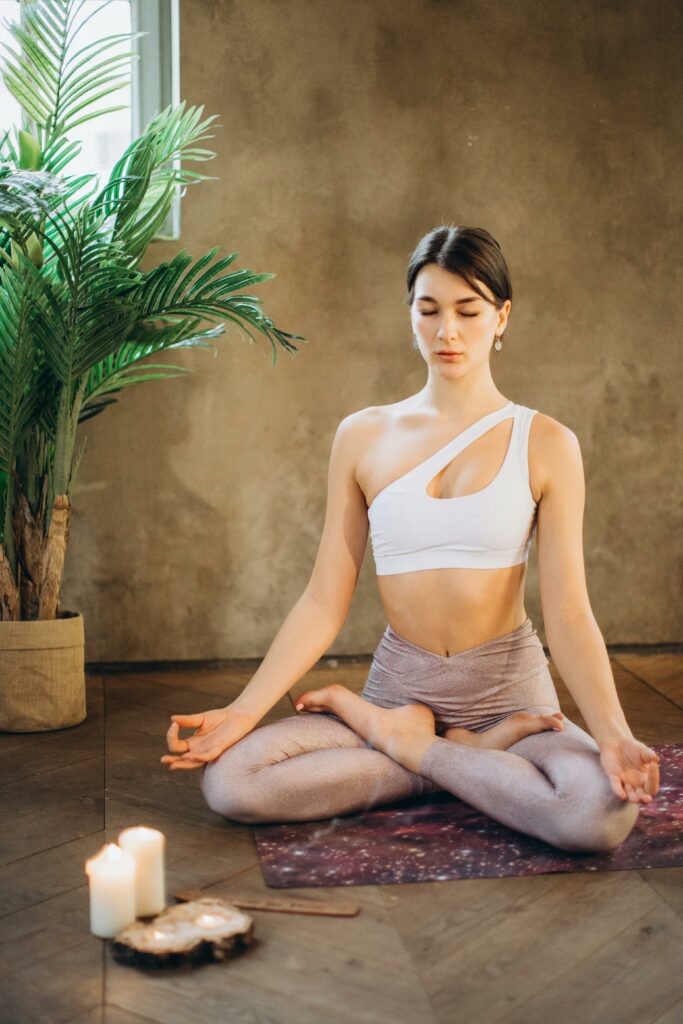
Lotus pose, also known as Padmasana, can reduce muscle tension, improve focus, relax the mind, and enhance posture. Teens who include lotus pose in their daily routine can achieve good mental health, better concentration, and restful sleep.
This seated pose offers both mental and physical benefits to teens that can improve their overall mood and quality of life. Teens with attention deficits and anxiety disorders can greatly benefit from lotus pose.
FAQ
Is yoga safe for teens?
Yes, yoga is safe for teens if they practice awareness and ensure to do each pose correctly to avoid injury. To be on the safe side, it can be helpful to have adult or professional guidance when a teenager tries yoga for the first time. However, teen bodies are perfectly capable of engaging in all yoga poses.
Can a teenager attend an adult yoga class?
Yes, teenagers can attend an adult yoga class if the yoga studio allows people under the age of 18. Many yoga studios require ages 12 or 13 and up. Some studios may require a parent’s signature or approval for a teen to participate in an adult yoga class. Teens can also watch online yoga videos to engage in this practice.
Can teens with physical and/or learning needs do yoga?
Yes, teens with physical and/or learning needs can practice yoga, but they may require modifications or assistance for certain poses. In some cases, having a consistent go-to yoga sequence can be very beneficial for teenagers with physical and/or learning needs. However, it is recommended that the teen only engage in yoga with adult or yoga teacher guidance and/or supervision to avoid injury.
Do teens need to be flexible to do yoga?
No, teens do not need to be flexible to begin practicing yoga. Yoga is an excellent option for teenagers who wish to improve the flexibility and elasticity of their muscles. Prior experience is not needed for a teen who is looking to add yoga to their exercise routine.
How long should yoga poses be held?
Yoga poses are most beneficial when held for between 10 and 60 seconds. Some poses that are less exerting can be held for several minutes at a time, a common method in restorative yoga sequences. Poses that require more endurance can be beneficial if held for shorter lengths of time.
How often should a teenager do yoga?
Teenagers trying yoga techniques for the first time should try to practice poses at least once or twice a week. To maximize the benefits and revitalize mental and physical health, teens can participate in yoga daily, but practicing a few times a week is also sufficient.
Are controlled breathing techniques important for teens doing yoga?
Yes, controlled breathing techniques are important for teens yoga. Controlled breathing is one of the most beneficial elements of yoga, as it can help regulate the nervous system. Practicing yoga is an excellent way for teens to learn the helpful uses of breathing exercises to manage stress and anxiety.


